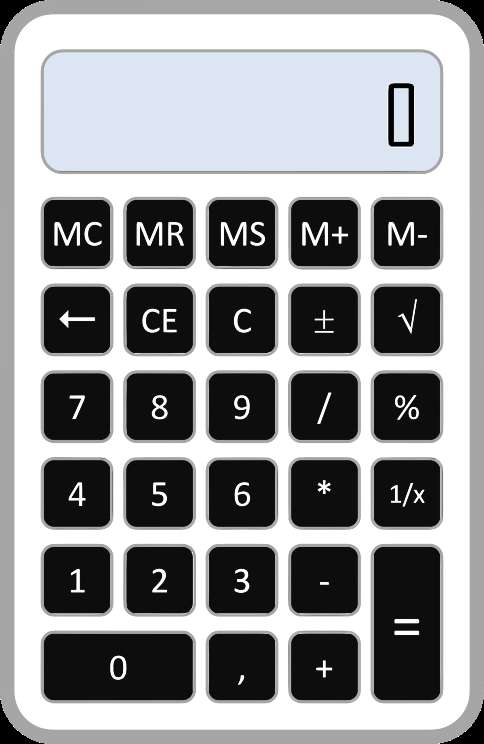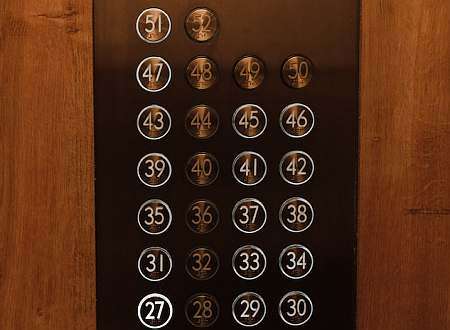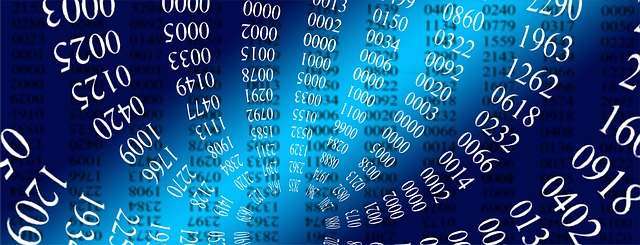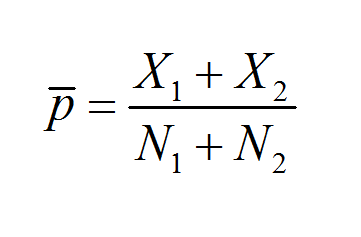Scientific Notation Calculator
Instructions: Use this calculator to express any numerical expression you provide into scientific notation OR to convert scientific notation to decimal, showing all the steps. Please type in the numerical expression you want to convert in the box below.
More about Scientific Notation
This calculator will allow you to convert a numeric expression you provide into its scientific notation. Or vice versa you can convert an expression in scientific notation to decimal.
Most typically you will want to convert decimals into scientific notation, but you can also provide a numerical expression such as a fraction "10/8878738273" or a radical "sqrt(43059483059)", and the calculator will take care of the details to first convert those numerical expressions into decimals and then do the conversion to scientific notation.
What is Scientific Notation?
Scientific notation is a form expressing numbers that are either very large or very small so to have them in a more manageable form. It involves writing a number as a product of a shorter decimal expression, sometimes referred as the mantissa, and a power of 10.
For example, the number 300,000 can be written as \(3 \times 10^5\). This notation is particularly useful in fields like astronomy, physics, and engineering where dealing with extreme values is common.
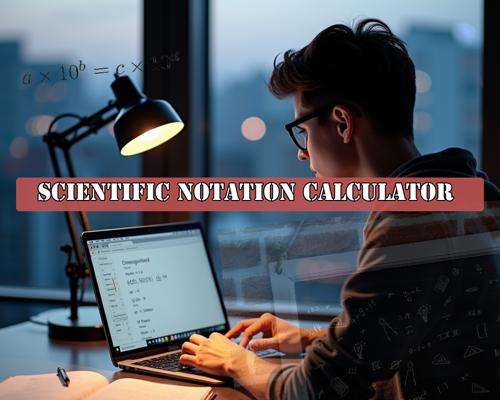
How to Convert Numbers to Scientific Notation
Converting a number to scientific notation involves a few simple steps:
- Identify the decimal point: Identify clearly the number you want to convert and determine where the decimal point should be placed to make the number between 1 and 10.
- Count the digits: Count how many places you moved the decimal point. This count will be the exponent of 10. Movements of the decimal place to the right are associated to negative exponents, and movements to the left are associated to positive exponents.
- Form the expression: Write the number with the decimal in its new position, followed by "x 10" and the exponent you counted, with the corresponding sign.
For instance, to convert 0.000045 to scientific notation:
- Move the decimal point 5 places to the right to get 4.5.
- The exponent is -5 because you moved the decimal to the right.
- The number in scientific notation is \(4.5 \times 10^{-5}\).
Scientific Notation Calculator: Features and Uses
There multiple uses you can find. Indeed, a scientific notation calculator is designed to:
- Convert numbers to and from scientific notation.
- Perform arithmetic operations in scientific notation.
- Handle significant figures accurately.
- Provide step-by-step solutions for educational purposes.
These calculators can prove to be very useful for students, scientists, and engineers alike who need to work with numbers outside the normal range of everyday calculations.

Understanding Engineering Notation
Engineering notation is similar to scientific notation but uses powers of 10 that are multiples of 3. This makes it particularly useful in electrical engineering where units like kilo (10^3), mega (10^6), and giga (10^9) are common.
For example, 120,000 can be written as \(1.2 \times 10^5\) in scientific notation, but in engineering notation, it would be \(0.12 \times 10^6\) or \(120 \times 10^3\).
Converting Scientific Notation to Standard Form
Naturally, you may be wondering about the reverse process. In order to convert a number from scientific notation back to standard form, you need to do the following:
- Move the Decimal: Shift the decimal point to the right if the exponent is positive, or to the left if it's negative, by the number of places indicated by the exponent.
- Adjust for Zeros: Add zeros as necessary to fill in the places.
For example, you can see that \(5.6 \times 10^3\) becomes 5600 in standard form.
How to Handle Significant Figures in Scientific Notation
When dealing with scientific notation, significant figures are crucial for maintaining precision:
- Counting Significant Figures: All non-zero digits are significant, zeros between non-zero digits are significant, and trailing zeros in a number with a decimal point are significant.
- Rounding: When rounding, if the digit following the last significant figure is 5 or greater, round up; otherwise, round down.
- Calculator Use: Many scientific notation calculators allow you to set the number of significant figures for your calculations.
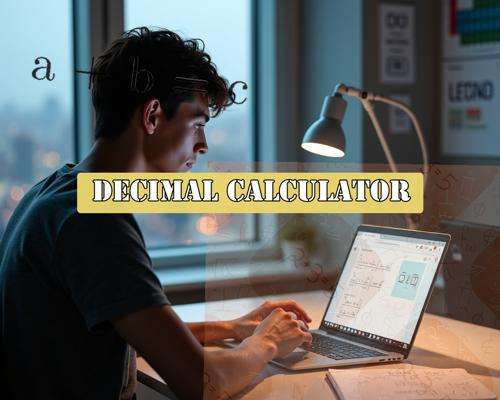
Common Mistakes to Avoid
Here are some common errors to avoid when dealing with scientific notation calculations:
- Ignoring Significant Figures: Not setting or understanding the significance of significant figures can lead to incorrect results.
- Misinterpreting Exponents: Confusing positive and negative exponents can drastically change the value of a number.
- Overlooking Decimal Placement: Misplacing the decimal point can result in errors in conversion.
Why Use Scientific Notation?
Scientific notation offers several advantages:
- Simplicity: It simplifies the representation of very large or very small numbers.
- Accuracy: It helps maintain precision in calculations involving extreme values.
- Comparability: It makes comparing numbers easier by standardizing their format.
- Universal Understanding: It's universally recognized, aiding in scientific communication.
Scientific Notation vs. E Notation: What's the Difference?
While both notations express numbers in a similar format, the key difference lays in that:
- Scientific Notation: Uses "x 10" to denote the power of 10.
- E Notation: Uses "E" or "e" to represent the exponent, often seen in computer science and programming. For example, \(1.23 \times 10^4\) in scientific notation is written as 1.23E4 in E notation, or sometimes even 1.23E+4.
More Algebra Calculators
If you're working with numbers in scientific notation, you might find our Decimal Calculator useful for converting between standard and decimal forms. This can be particularly handy when you need to perform operations that require precision beyond what scientific notation provides.
Furthermore, for more complex calculations involving exponents or when you need to solve functions, consider using our Exponent Calculator or the Function Calculator. These tools can help you manipulate and understand mathematical expressions with ease, ensuring accuracy in your scientific computations.

